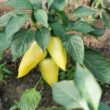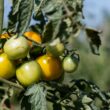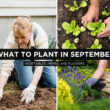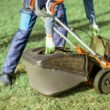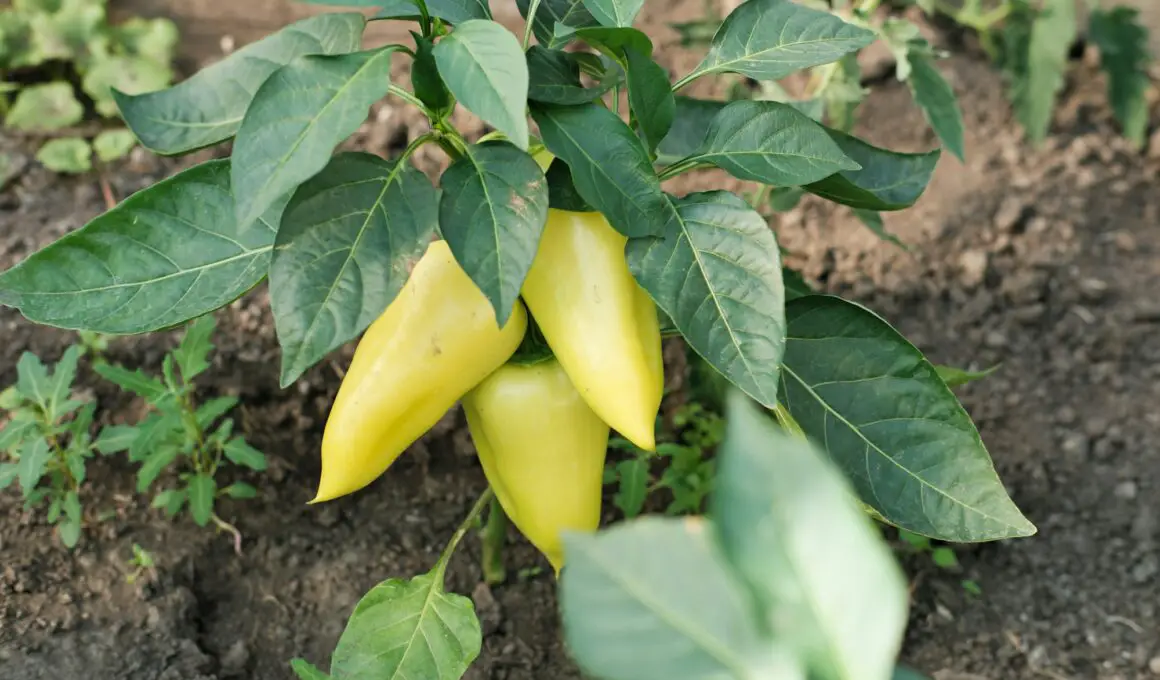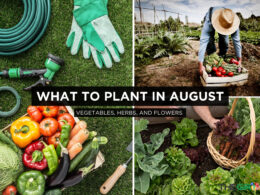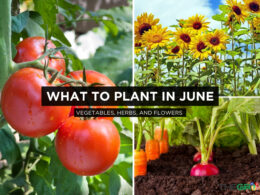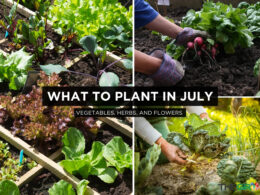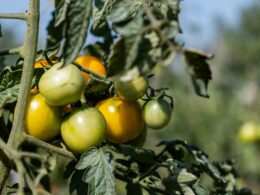In This Article Show
Pepper plants can be a rewarding addition to any garden, but sometimes they need a little extra care to reach their full potential. As someone who enjoys growing bell peppers, I’ve learned that the right strategies can significantly speed up their growth. You’ll see your bell peppers thriving in no time when you follow these tips.
Whether you’re a novice gardener or have years of experience, mastering the art of growing bell peppers faster can enhance your gardening success. By focusing on key areas like temperature, light, and soil conditions, we can ensure our plants get the best start possible.
1. Choose High-Quality Seeds
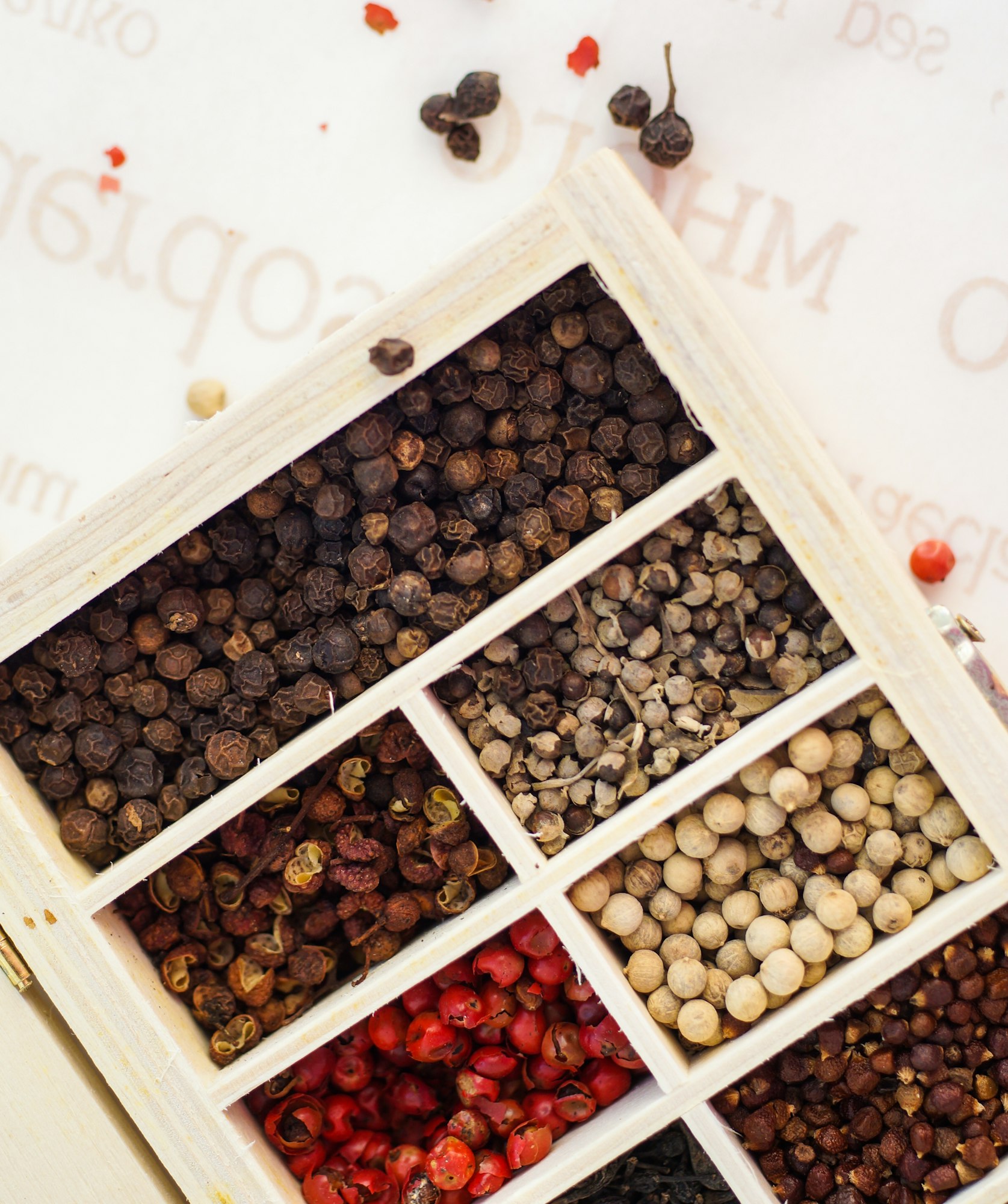
For the best bell peppers, I always start with high-quality seeds. Picking the right seeds is crucial. High-quality seeds often come from trusted suppliers and have a higher germination rate.
I prefer disease-resistant seeds. This can save a lot of trouble later. Healthy seeds lead to strong plants, giving you a better chance at a bountiful harvest.
I also check the packaging date. Seeds that are too old might not sprout well. Fresh seeds, usually within a year of packaging, tend to perform better.
2. Use Well-Draining Soil
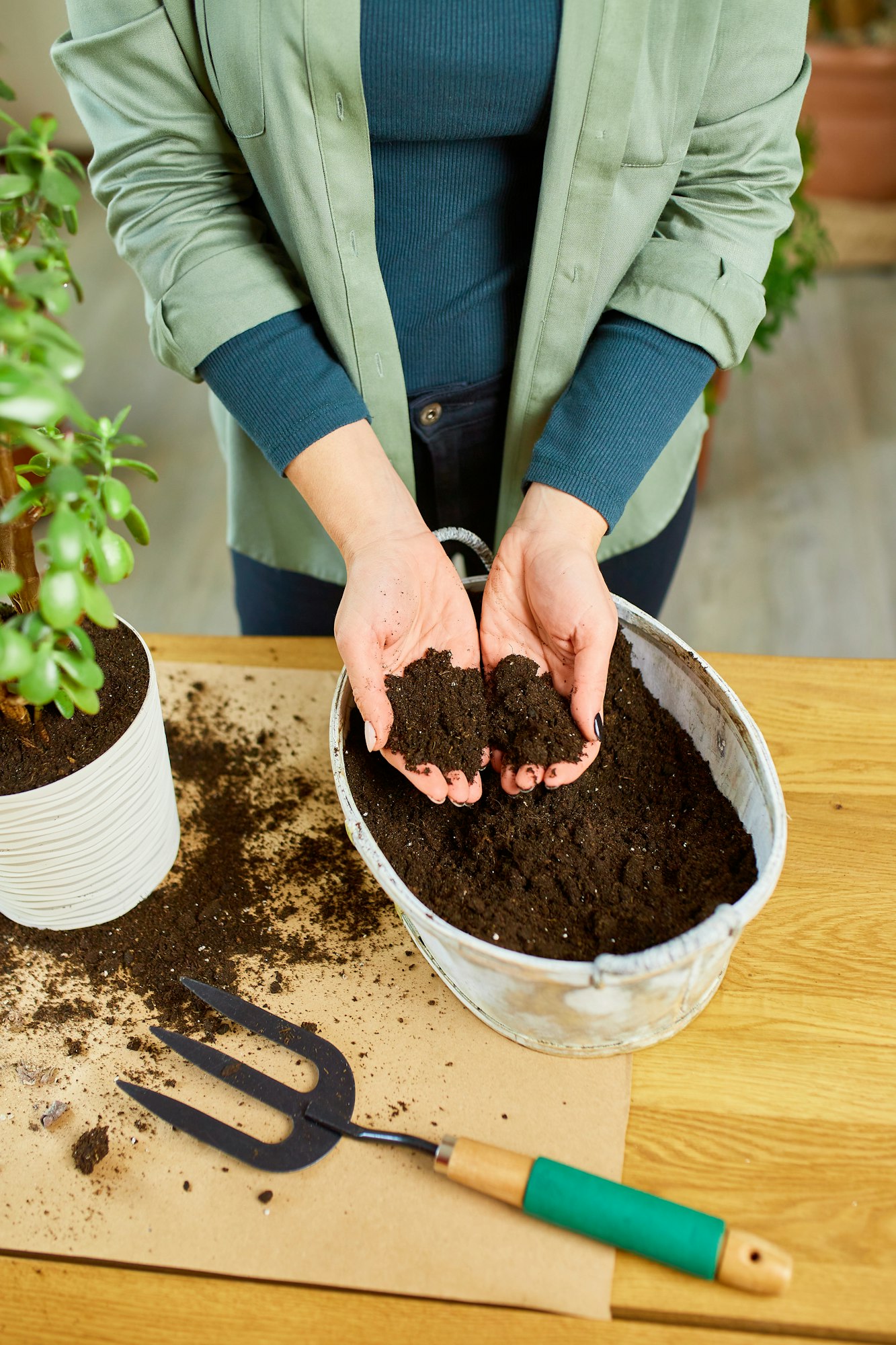
One key to growing healthy bell peppers is using well-draining soil. I always make sure to choose soil that won’t retain too much water, which helps prevent root rot. I recommend mixing organic matter like compost into the soil. This not only improves drainage but also adds essential nutrients.
Get Gardening For Beginners
Our new EBOOK shows newcomers and green thumbs alike a step by step guide to growing the garden of their dreams.
Checking the soil pH is also important. Bell peppers thrive in soil with a pH between 6.0 and 6.8. Maintaining the right pH ensures my plants get the nutrients they need.
3. Maintain Optimal Soil pH
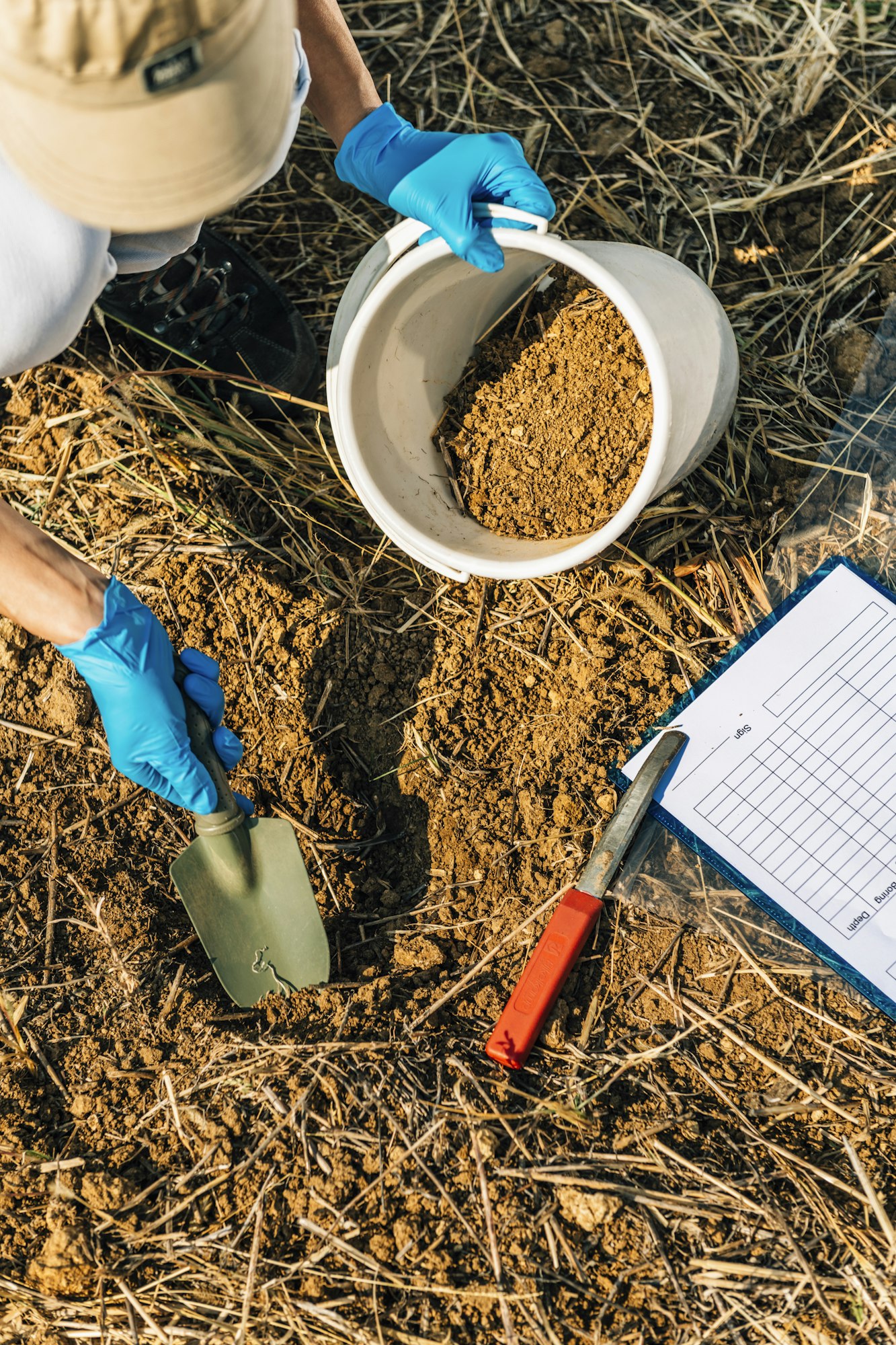
For bell peppers to grow well, keeping the soil pH between 6.0 and 7.0 is vital. This range allows the plants to absorb key nutrients such as phosphorus and magnesium.
To check the pH level, I use a soil pH testing kit. If the soil is too acidic, I add lime to raise the pH. If it’s too alkaline, sulfur helps lower it. Maintaining the proper pH ensures my bell peppers get the nutrients they need for faster growth. Regularly testing the soil helps me keep it within the ideal range. This way, my plants can thrive and produce a healthy harvest.
4. Fertilize Regularly with Balanced Nutrients

I always make sure to fertilize my bell peppers regularly with balanced nutrients. This helps the plants grow stronger and produce more fruit. Using a balanced fertilizer that provides nitrogen, phosphorus, and potassium is important.
Before planting, I test the soil’s pH. Bell peppers grow best in soil with a pH between 6.0 and 6.8. If the pH is too high or too low, I adjust it by adding lime or sulfur.
I start by applying a balanced fertilizer at planting time. After that, I continue to fertilize every 4-6 weeks during the growing season. Compost tea or worm-casting tea can also benefit the plants, providing additional nutrients without the risk of over-fertilizing. By following this schedule, I ensure my bell peppers get what they need to thrive and produce a bountiful harvest.
5. Ensure Consistent Watering
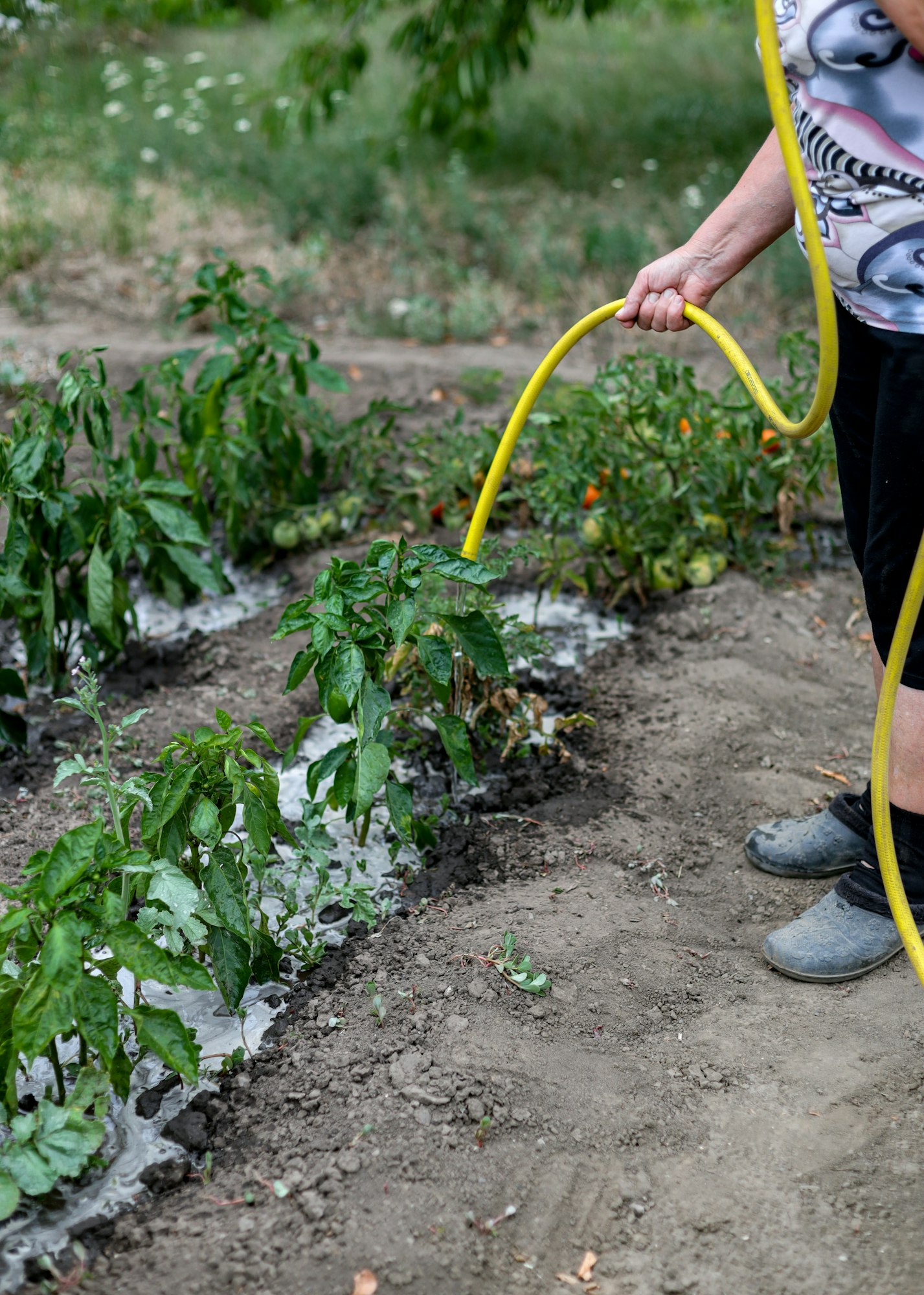
Consistent watering is crucial to growing healthy bell peppers. Peppers need regular moisture to develop properly.
Get Gardening For Beginners
Our new EBOOK shows newcomers and green thumbs alike a step by step guide to growing the garden of their dreams.
I aim to keep the soil consistently moist but not waterlogged. This means watering deeply, allowing the water to reach the root zone. Shallow, frequent watering should be avoided.
Overwatering can be just as harmful as underwatering. It’s important to strike the right balance to ensure the plants thrive.
6. Provide Plenty of Sunlight
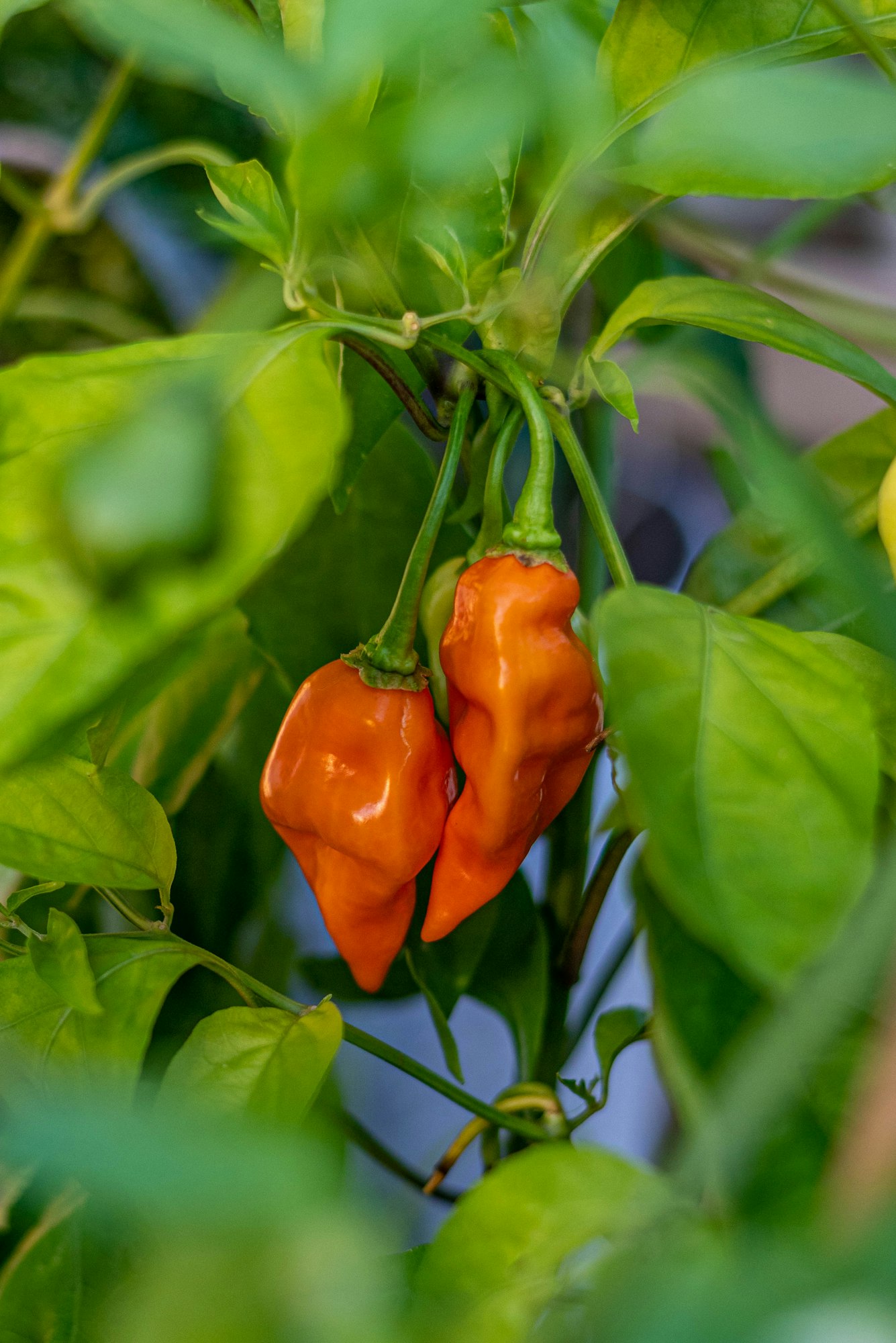
To help my bell peppers grow faster, I ensure they get a lot of sunlight. They need at least 6-8 hours of direct sunlight each day. Sunlight is crucial because it helps plants produce energy through photosynthesis.
I always choose a spot in my garden that receives full sun. If growing indoors, I place the plants near a south-facing window. Sunlight boosts growth and improves the production of sweet, flavorful peppers. During cloudy days, I use grow lights to ensure my plants still get enough light. Positioning the grow lights close to the plants helps provide them with the light they need to thrive.
I see better growth and healthier plants by giving my bell peppers plenty of sunlight. More sunlight means more energy for the plants, which results in faster and more robust bell pepper growth.

